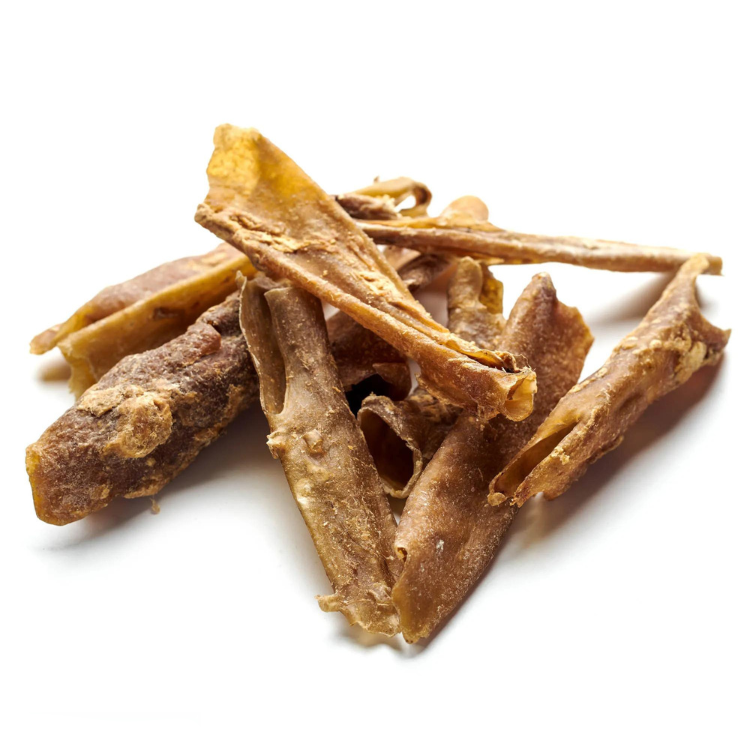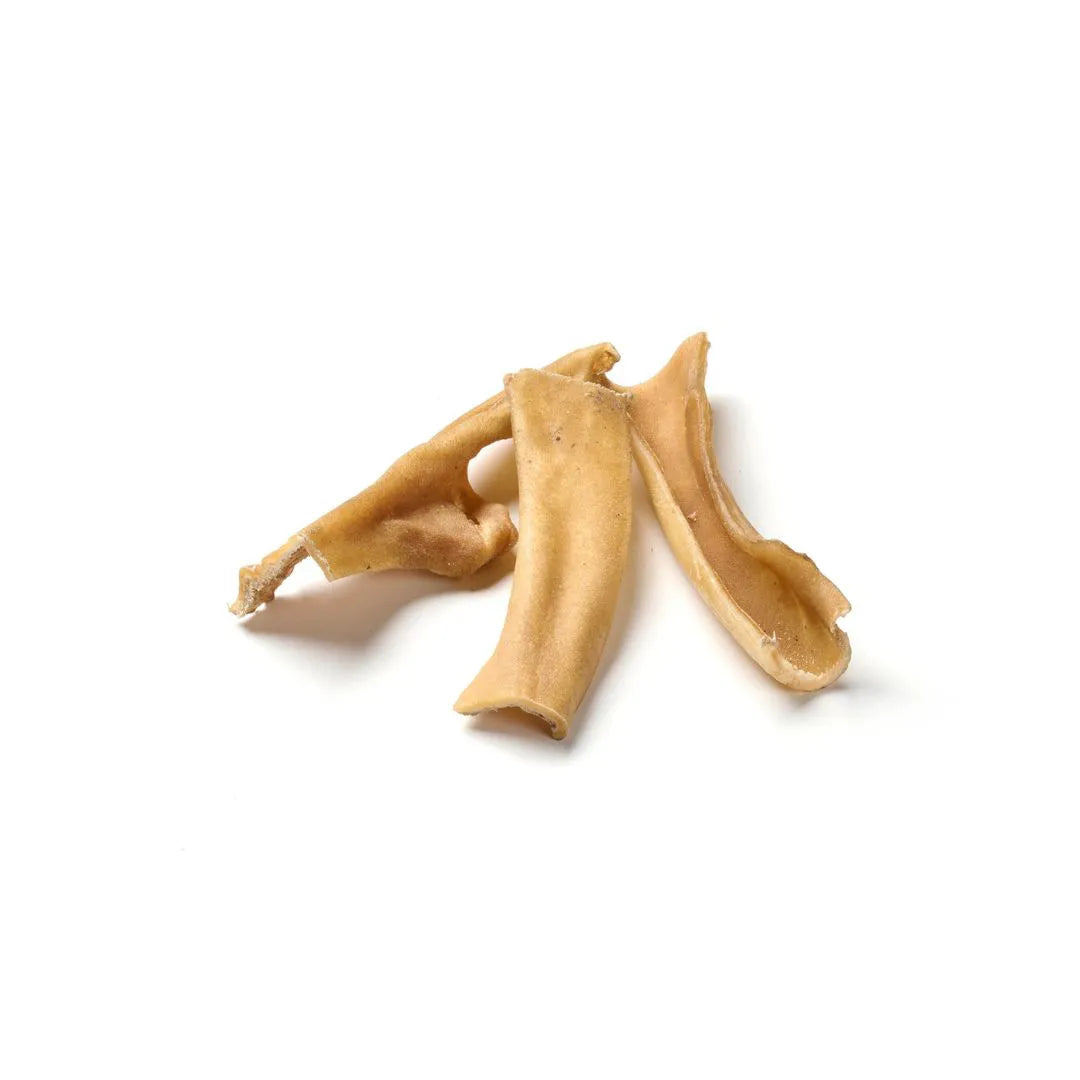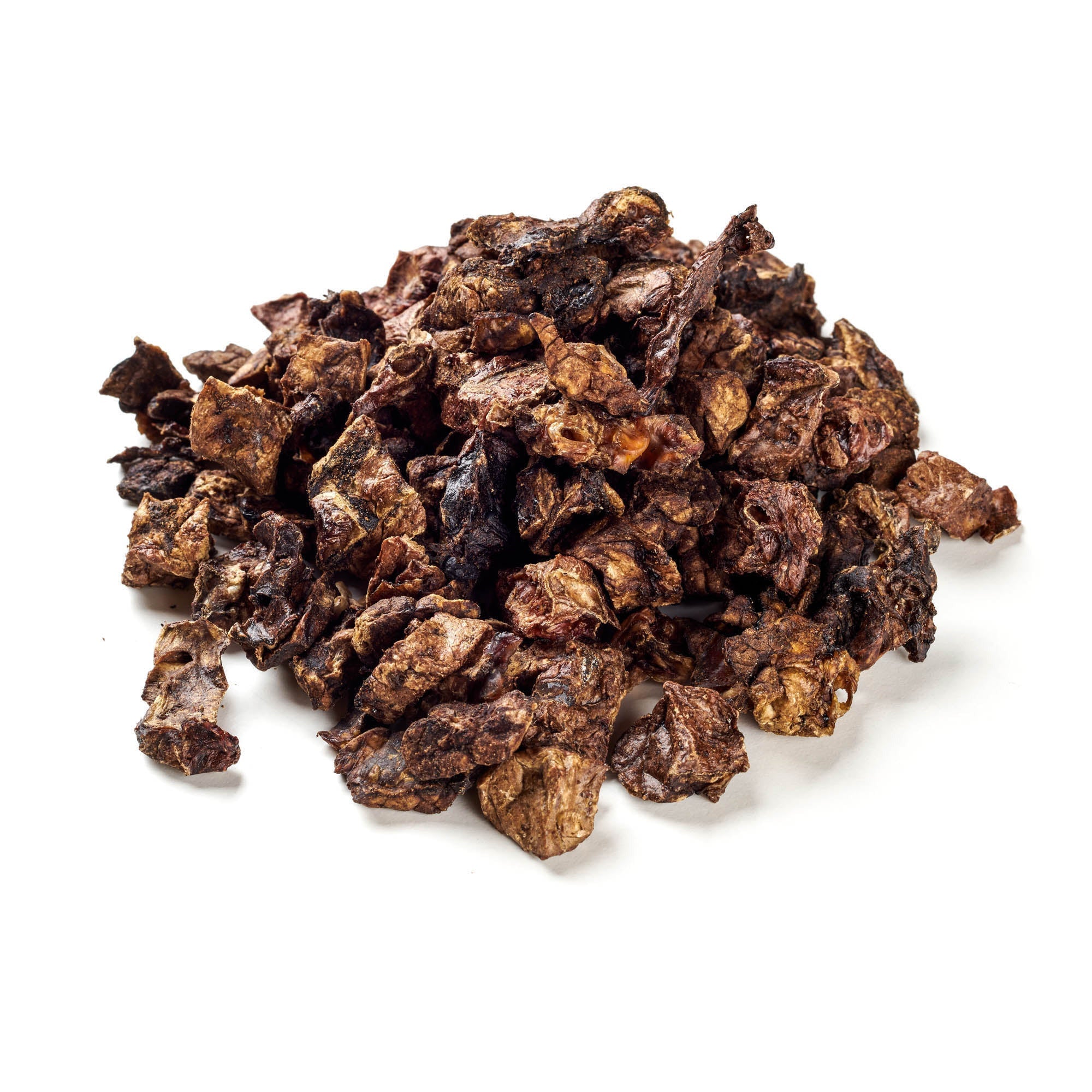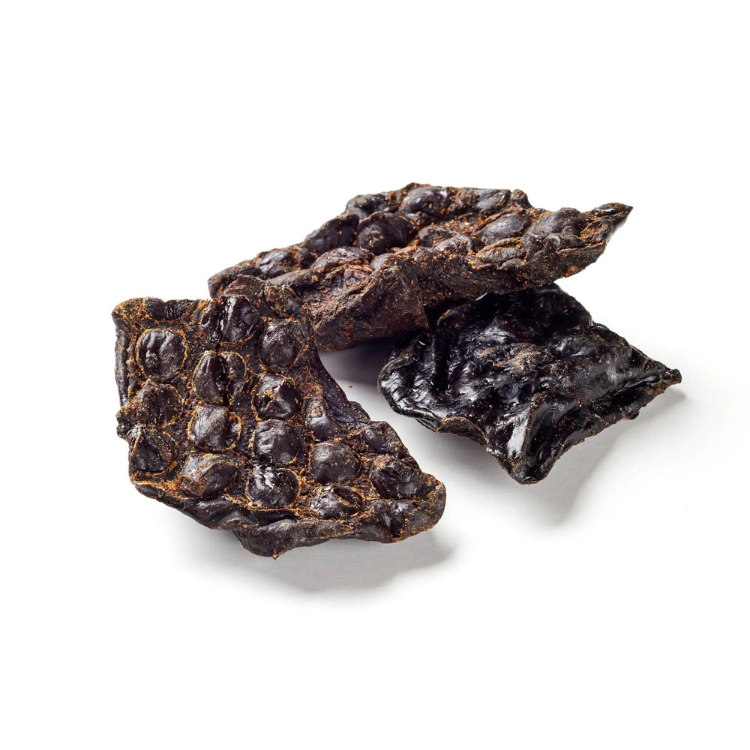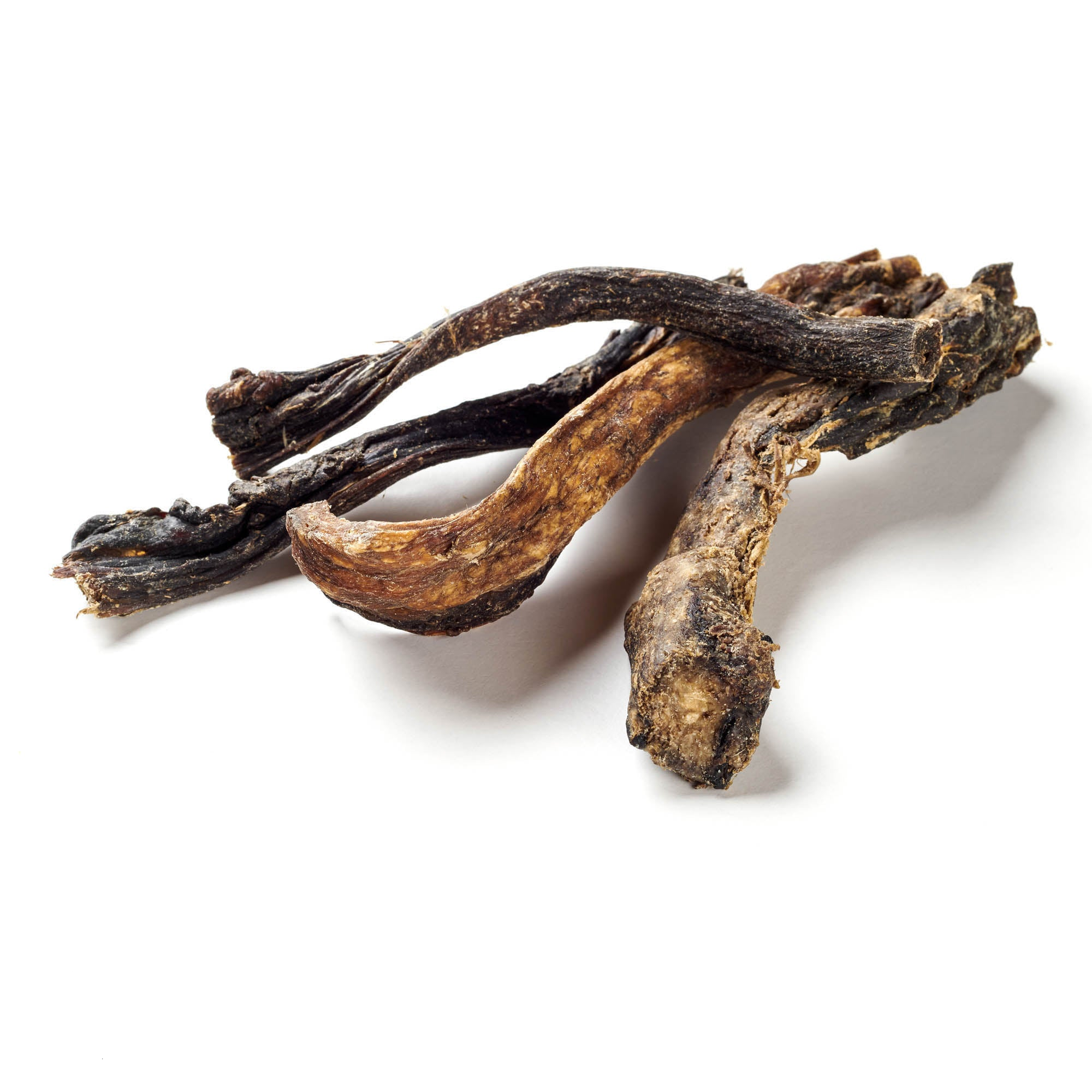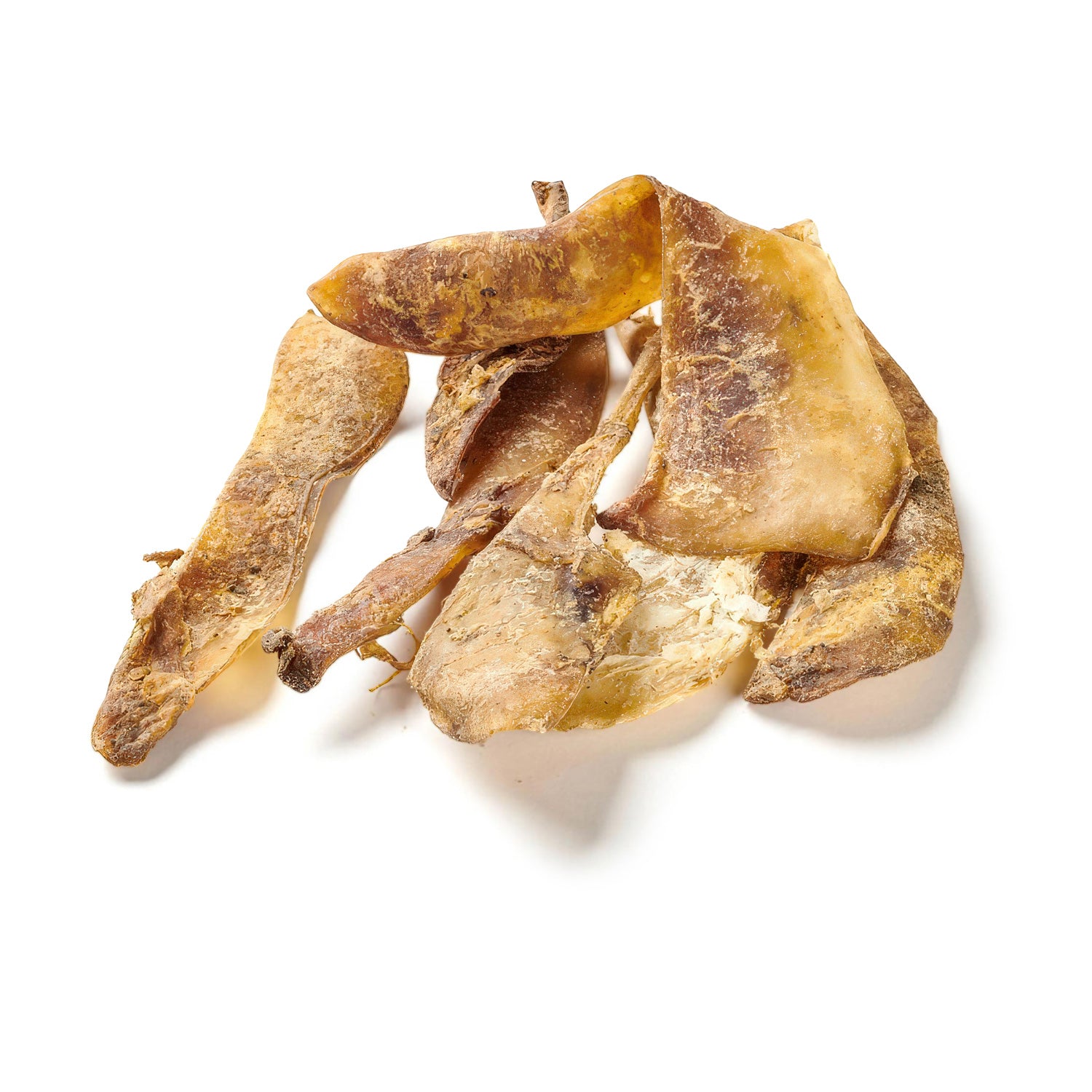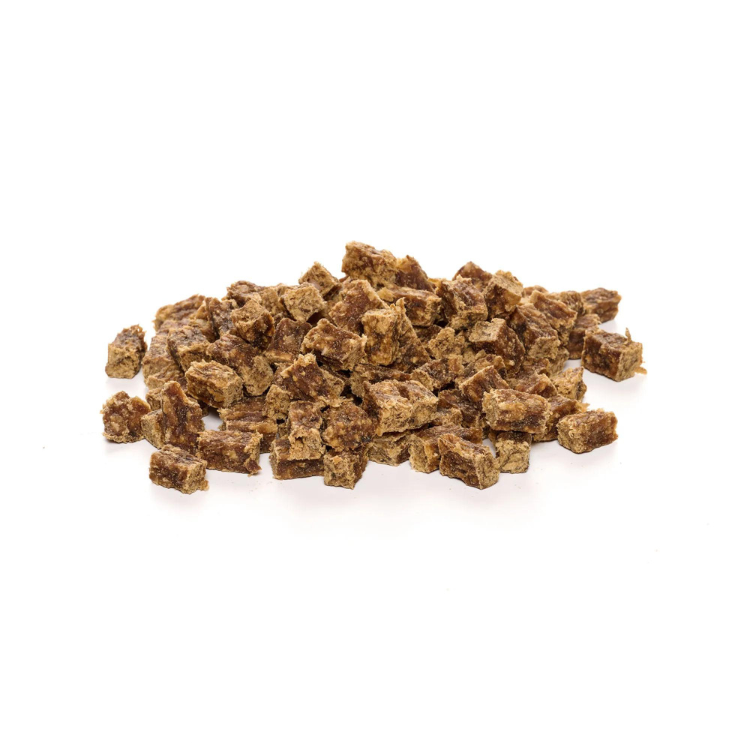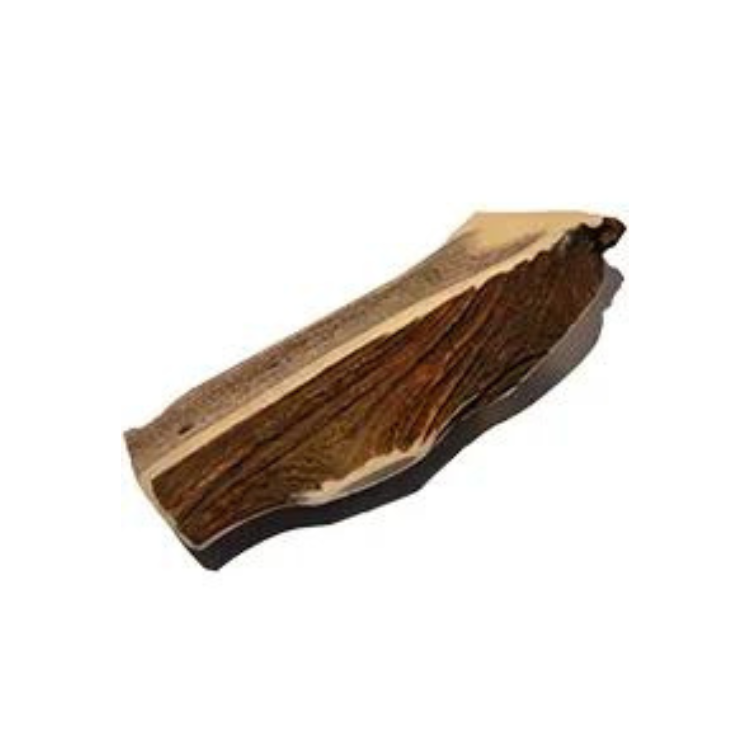
How old do dogs get? You can find out here
Share
Content: How old do dogs get?
- How do you convert a dog’s age into human years?
- Adapted rule of thumb
- How are small, medium and large dog breeds defined?
- What factors influence the life expectancy of dogs?
- Is the life expectancy of the individual breeds really different?
- Relationship between dog breed and age
- How old do small dogs get?
- The role of genes in dog aging
- The right nutrition for a long dog life
- Important for an old dog: Regular visits to the vet
- Sufficient exercise can prolong a dog’s life
- Conclusion
Discover our selection of premium dog chews!
A dog's lifespan is a mosaic of genetics, nurture, and a bit of luck. It not only reflects biological existence, but also symbolizes a journey of companionship that teaches us to appreciate the value of every moment. This quest for understanding over the age of our dogs leads us to a profound appreciation for every second of friendship and loyalty that these wonderful creatures give us.
How do you convert a dog’s age into human years?
As a rule of thumb, one human year is equal to seven dog years. This means that a four-year-old dog would be about 28 years old in human years and an eight-year-old dog would be 56 years old.
However, this rule of thumb is not accurate enough and needs to be adjusted slightly, as it depends on whether your dog is a small, medium or large breed.
Adapted rule of thumb
To determine your dog's age, multiply your dog's age by the recommended amount for his size class.
- Small dogs = human years × 6
- Medium-sized dogs = human years × 7.5
- Large breed dogs = human years × 9
Of course, these numbers still leave room for error. But they are still somewhat more accurate.
How are small, medium and large dog breeds defined?
Usually according to their body weight.
- A small dog usually weighs a maximum of 15 kg.
- A medium-sized dog weighs between 15 and 40 kg.
- A large breed of dog can weigh more than 40 kg.
What factors influence the life expectancy of dogs?
There are several factors that can affect a dog’s life expectancy.
Below is a list of the different factors you should consider when trying to estimate your dog's life expectancy:
- Lifestyle – Dogs that are walked or exercised daily tend to live longer than dogs that stay at home all day.
- Diet – healthy dogs tend to live longer than those fed scraps and leftovers. You should do your best to always feed them nutritious food!
- Breed – these factors can vary from breed to breed. Some breeds have a shorter life expectancy, while others can live up to 20 years or more.
- Genes – some dogs have a genetic predisposition to certain diseases that can shorten their life expectancy.
Is the life expectancy of the individual breeds really different?
As a 2001 study showed (Favier RP, Mol JA, Kooistra HS, Rijnberk A – “Large body size in the dog is associated with transient GH excess at a young age”), large dog breeds tend to have a shorter life expectancy than smaller ones.
See also: When is a dog fully grown?
This is especially true for dog breeds that have been created through inbreeding and targeted selection for certain characteristics, which makes genetic disorders more common.
Relationship between dog breed and age
There are huge age differences between the different breeds. While a Great Dane rarely reaches the age of ten, there are Chihuahuas that can live up to 18 years.
In exceptional cases, you can even find dogs of smaller breeds that reach an astonishing age of 20 years or more.
While women in humans live on average around five years longer than men, gender plays no role in the expected life expectancy of dogs. Female dogs have the same life expectancy as male dogs.
You've probably heard that mixed breeds are more robust than purebred dogs from breeders and therefore live longer. But this theory isn't generally true either.
Depending on the individuality of the mixed breed, the health of the parents and the breed mix, the life expectancy of the dog can vary greatly. The question of whether the dog is a purebred or a mixed breed cannot therefore be answered on this basis.
Pamper your dog with our delicious chews!
How old do small dogs get?
Increased cell stress in puppyhood has an impact on the dog's age. Are you wondering why this is so? The explanation is not that complicated: small dogs often live longer than their larger counterparts because they grow slowly in puppyhood.
In comparison, puppies of large dog breeds grow very quickly and gain a lot of weight in a very short space of time. Their metabolism is working at maximum speed, almost at full speed.
This creates free radicals that promote oxidative stress. Free radicals are aggressive, oxidative molecules that, in high concentrations, cause damage to the organism. The cell stress of puppies of different breeds and sizes was studied in 2017 by two US researchers at Colgate University.
The researchers also suspected that the body cells of massive animals were permanently damaged in the first few months of life. This had consequences, as these four-legged animals age significantly faster.
The role of genes in dog aging
A dog's genetic makeup also plays a role in determining how old it will be. Dogs inherit genetic material from their parents and it cannot be changed.
Reputable breeders and breeding associations always pay attention to the genetic purity of the parents. Some dogs may be more susceptible to various hereditary diseases than others due to their genetic predisposition.
This also influences the age of the dog. Even with healthy parents, a dog can still develop a genetic “defect”.
But not every genetic mutation is negative and has an influence on how old a dog becomes.
No one can give you a guarantee that a breeding dog will live longer than a mixed breed dog from the animal shelter.
The right nutrition for a long dog life
A healthy diet tailored to your dog's needs is very important so that it can lead a long life. You should place great value on the quality of the dog food, as it plays an important role in a strong immune system, the vitality of your four-legged friend and therefore also in his life expectancy.
See also:
To ensure that your dog stays fit into old age, its diet should be balanced. Dog food that meets its needs consists of important nutrients such as high-quality proteins and carbohydrates, important vitamins and minerals.
When feeding your dog, it is important to always keep an eye on the amount of food, as obesity is a health risk for a dog and can shorten its life by several years.
Obesity puts a strain on the four-legged friend's body and can lead to arthritis or diabetes, but also slipped discs or cardiovascular diseases. If your dog is already overweight, you should reduce the amount of food or change the food altogether in consultation with the vet .
Important for an old dog: Regular visits to the vet
Even if your dog is slim and active and does not appear to have any health problems, regular check-ups at the vet will protect your loyal companion's health in the long term and prevent diseases from going undetected and causing him to die prematurely.
If you know that your dog is susceptible to a certain disease, take him to your veterinarian regularly to take preventive measures. Medical check-ups such as vaccinations for dogs and deworming for dogs protect against infections.
Comprehensive medical care will help your furry friend reach a ripe old age.
See also:
Sufficient exercise can prolong a dog’s life
Dogs are naturally very agile and have a great need for exercise. Your companion should therefore always have enough physical activity and plenty of exercise so that he stays healthy and reaches a ripe old age.
Depending on the breed, age and size of the dog, dogs have different exercise needs. However, long walks should be a matter of course for every dog so that its musculoskeletal system can function without restrictions even as it gets older.
Physical activity for a dog is not only important for its muscles, tendons and bones, but also protects its heart and circulation. Disease-causing deposits in the blood vessels are minimized and the dog is fitter and more balanced.
Even the smallest dog breeds should have the opportunity to explore the world, run, run and play for at least 2-3 hours a day. Regular walking of the dog will therefore soon be stipulated by law: Federal Minister of Agriculture Julia Klöckner wants to guarantee dogs sufficient exercise and care by regulation.
Dog owners are required to allow their pet to exercise outside of a kennel at least twice a day for a total of at least one hour.
For more information, see: How often does a dog need to go out?
If you have a very active dog, you might want to try a dog sport like agility or a sport you can do together like jogging with your dog. This is fun for both dog and owner and promotes their bond.
Conclusion
As you can see, you have a lot of control over whether your dog will live to a ripe old age. Every dog owner wants their furry friend to live a long and fulfilling life.
Take him to the vet regularly, make sure he has a balanced diet and gets enough exercise. This way, there's a good chance that your dog will accompany you on your journey through life for a long time.
In addition to the genetic prerequisites, you can shape your four-legged friend's living space in a positive way so that his life is active, healthy and happy. Because this is also something to keep in mind - it is not always the number of years you spend with your four-legged friend that is important, but rather how intensively we shape these years.
Statistics about how old dogs get can serve as inspiration. But how happy and content your dog is with you is a completely different matter. As with so many things, it's not just the quantity of (dog) years that counts, but above all the quality.
Reward your best friend with our dog treats!

